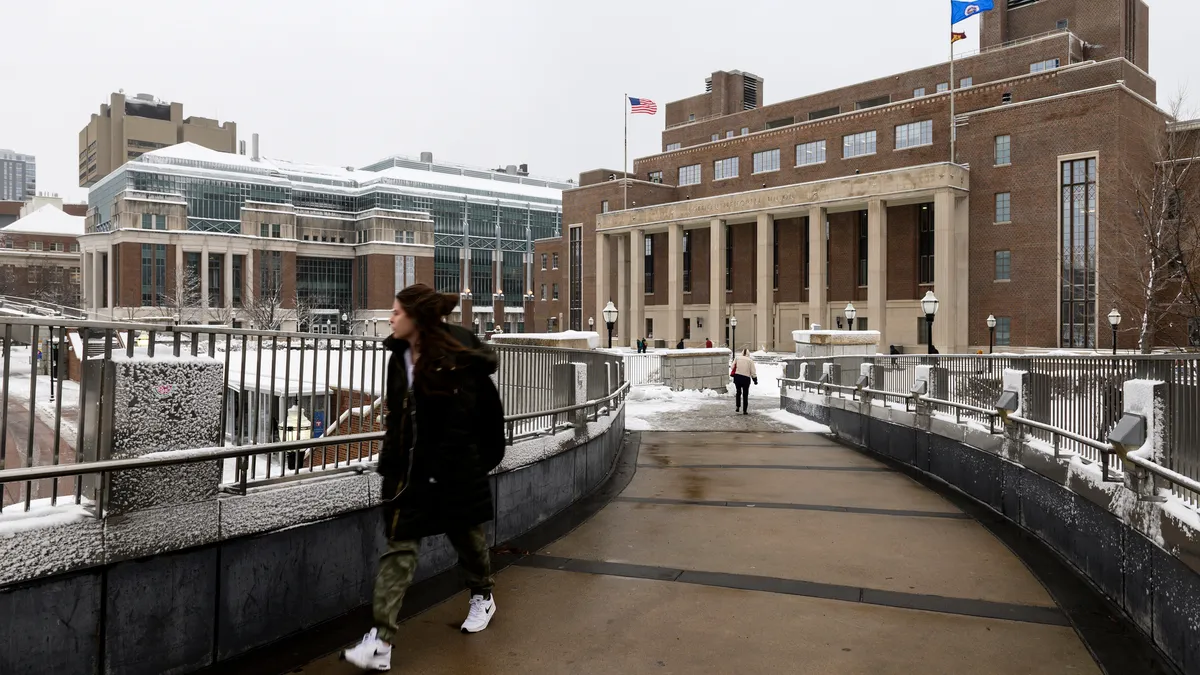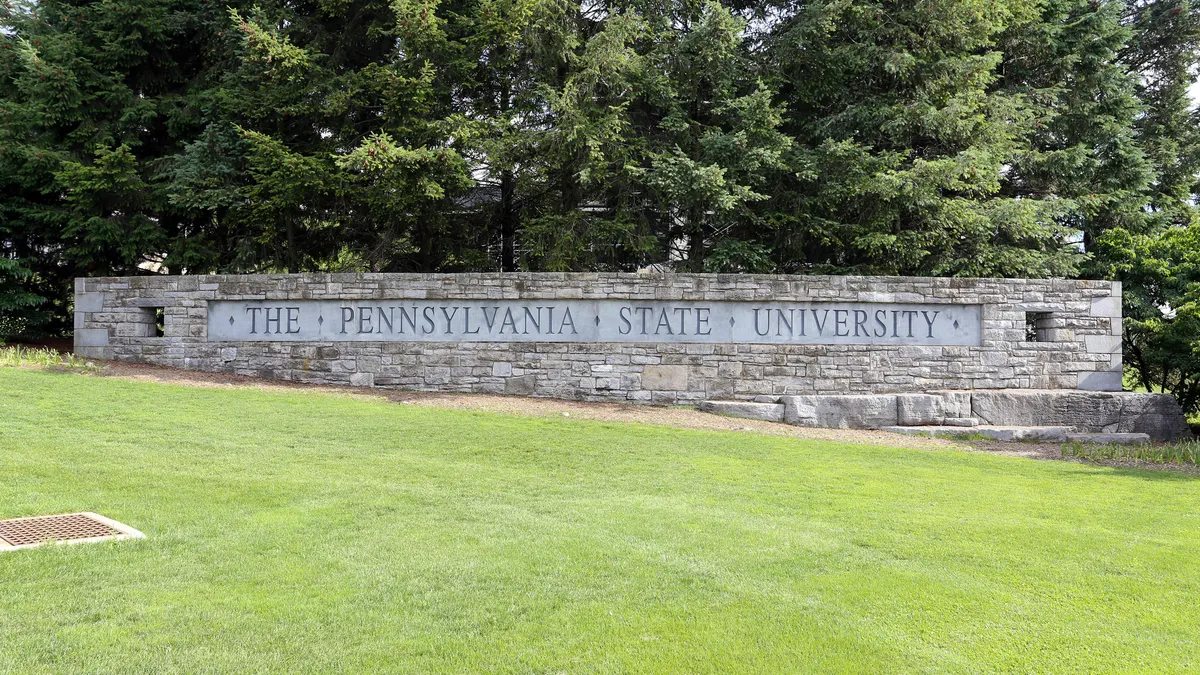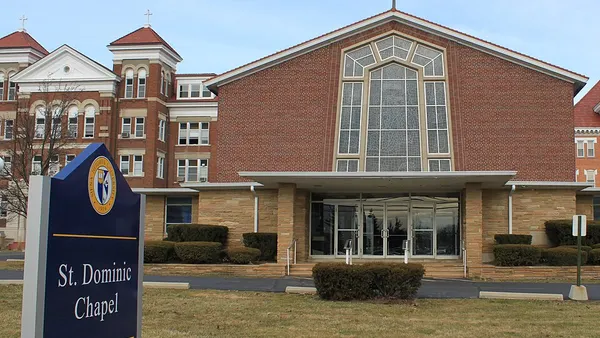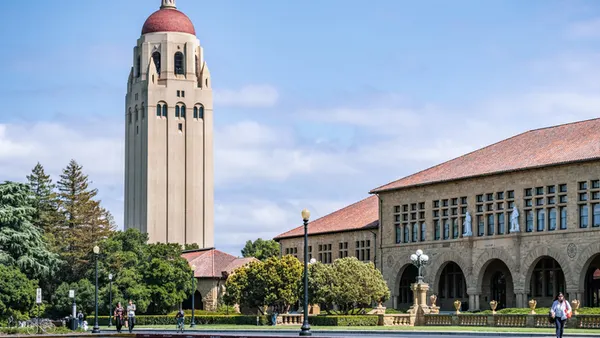Dive Brief:
- The University of Minnesota would make budget cuts and tuition hikes as well as academic investments amid continued inflation driving up expenses, under a fiscal 2025 budget proposed last week by Interim President Jeff Ettinger.
- The plan cites a 3.3% cost increase, with expenses reaching $5 billion. Even with the inflation, the university anticipates a modest surplus, as revenues are expected at $5.1 billion.
- The public university plans to raise wages and spend $63 million in academic and support services. To address rising costs and investments, Ettinger’s budget also includes tuition increases, with a 4.5% hike at the Rochester campus and for in-state students at the system’s flagship Twin Cities campus.
Dive Insight:
While inflation has slowed from historic levels, costs for universities remain high and a source of financial pressure, especially when coupled with enrollment declines.
Commonfund Institute’s latest Higher Education Price Index forecasts the overall inflation rate on colleges’ costs at 3% for 2024. That’s down a percentage point from last year, and down more than 2 percentage points from 2022’s 5.2% inflation rate — but it still means overall costs are far higher than they were pre-pandemic.
When the University of Minnesota went through its budgeting process last year, it faced a 4% increase in costs. In that respect, the institution’s experience tracks with the sector’s as a whole, based on the price index. Ettinger’s proposed budget mentions some form of the word “inflation” 25 times, and cites increases in costs for food, services and labor, among other areas.
Since last year, the university's revenue and expenses have both grown by roughly half a billion dollars. Along with spending to cover inflationary expense increases, the university is making investments.
The $63 million in Ettinger’s budget includes additional money for student scholarships, faculty and support services for its growing computer science and engineering program, new resources for its liberal arts curriculum, and strengthening campus training in areas such as sexual misconduct.
Increases in costs and spending would be offset in part with $17.5 million in budget cuts and operational changes in Ettinger’s budget.
Ettinger’s budget didn’t include unit-specific examples, as plans are still being worked out. “While the total expense reduction amount is significant, it does not represent one or two large initiatives,” the budget document noted. “Instead, it is a collection of individual actions and decisions spread across almost every unit of the University.”
To save money, the budget plans for cuts to faculty and staff positions through “natural attrition” as well as replacing departing employees at lower salary levels. It also would cut operating expenses by, for example, lowering food and supply budgets for units, reducing spending on travel and professional services, reducing strategic initiatives and holding fewer in-person events.
Also offsetting cost increases are tuition price hikes. Along with the increase at the Twin Cities and Rochester campuses, Ettinger’s budget calls for a 1.5% tuition increase for the Crookston, Duluth and Morris campuses and a 5.5% increase for nonresident students at the Twin Cities campus.
The Board of Regents has invited public comment on the budget and is holding a public meeting to discuss Ettinger’s recommendations on May 10. The board's Finance and Operations Committee is to consider action on the budget on June 13.












